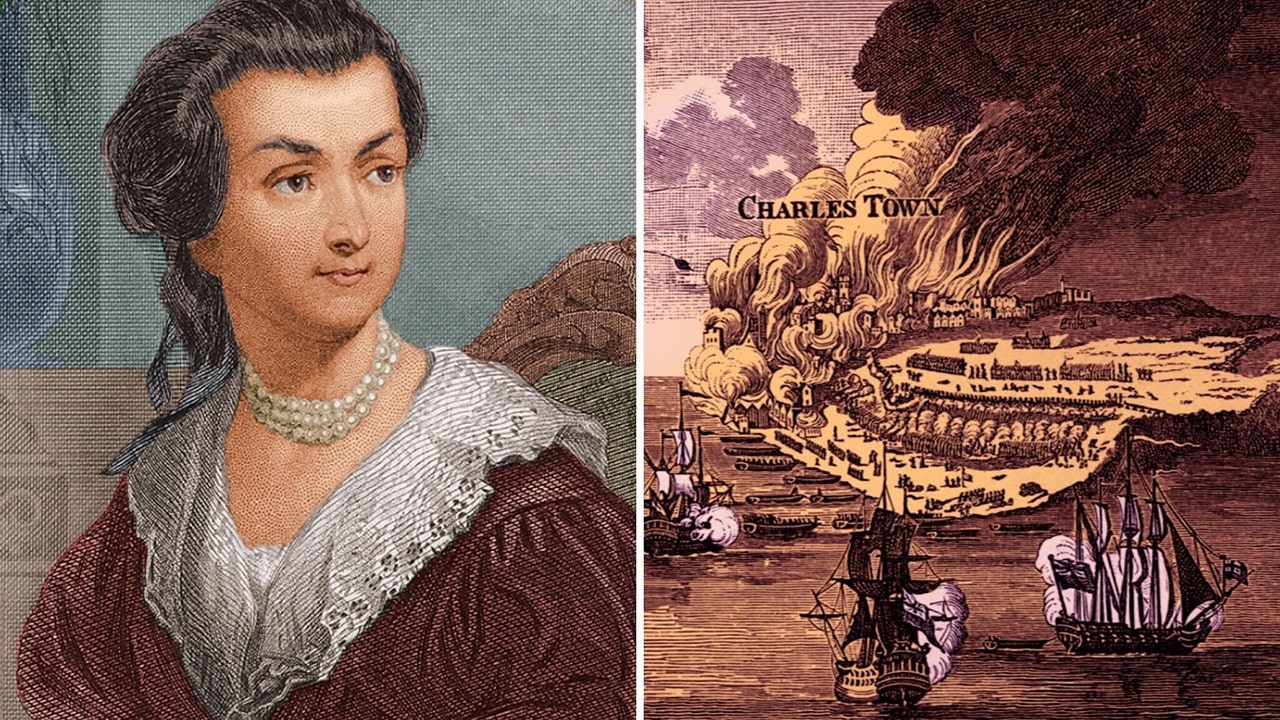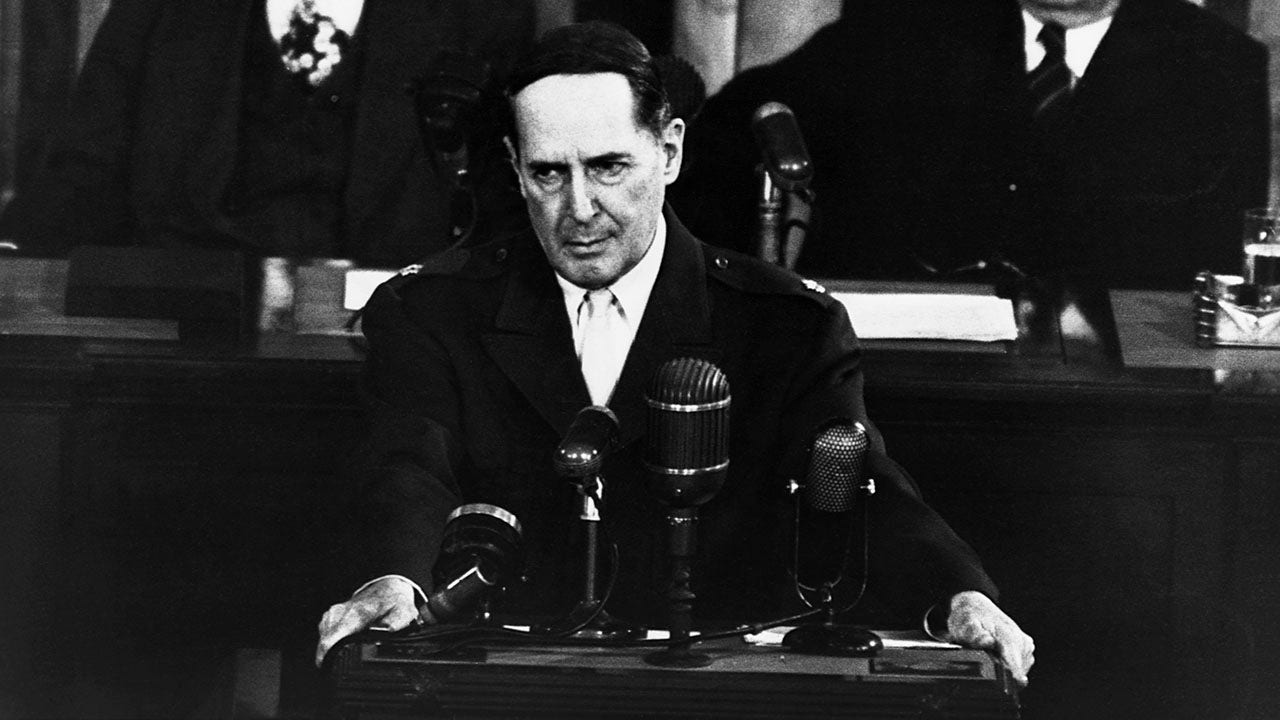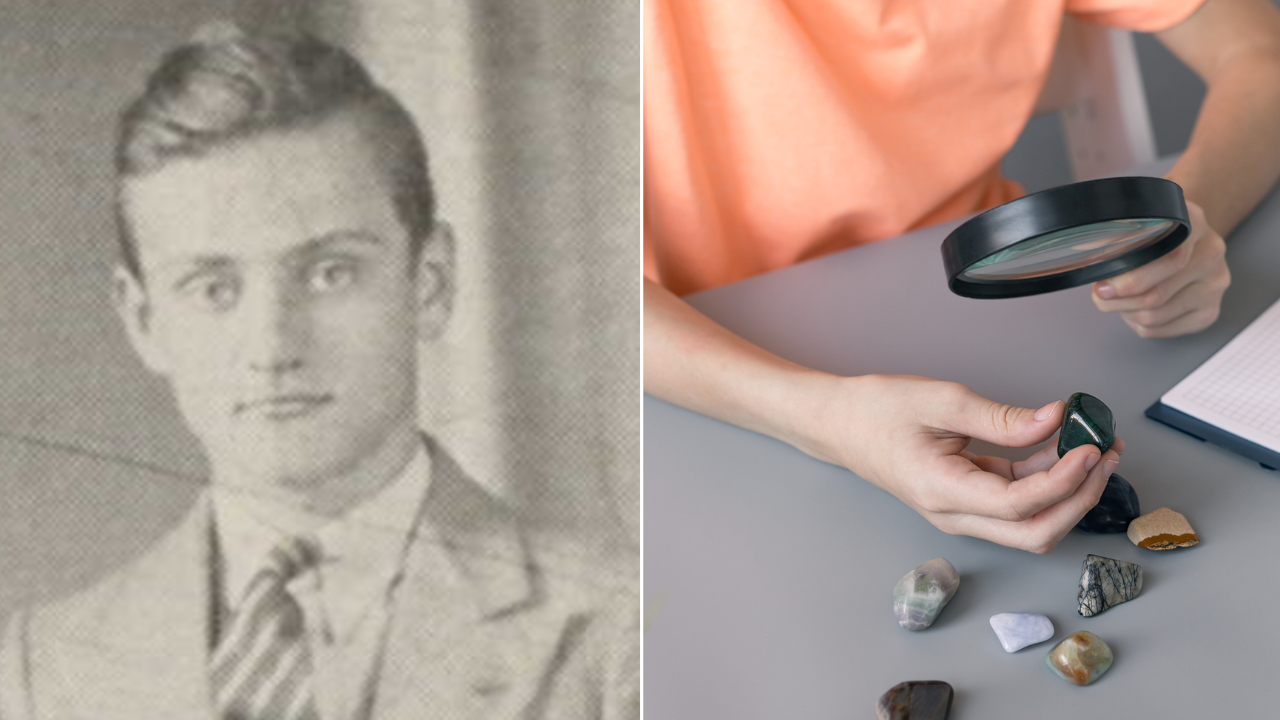Black history in the U.S. dates back to 1619, when enslaved Africans were brought to Jamestown colony – near present-day Williamsburg, Virginia.
Since then, Black Americans have persevered despite challenges throughout the nation’s history and left their mark on American culture.
Every February, the nation celebrates Black History Month by honoring the contributions and achievements of African Americans.
BLACK HISTORY MONTH QUIZ: TEST YOUR KNOWLEDGE OF THIS MONTH OF TRIBUTE
The theme for February is “African Americans and the Arts,” with festivals and events occurring in community centers across the U.S., according to the Association for the Study of African American Life and History.
From trailblazing abolitionists, scientists, athletes and artists to politicians, judges and civil rights leaders, numerous historical figures have done their part to shape America into the country it is today.
Here are 13 famous figures and the contributions they made to American history.
- Sojourner Truth
- Frederick Douglass
- Harriet Tubman
- George Washington Carver
- Ida B. Wells
- W. E. B. Du Bois
- Thurgood Marshall
- Rosa Parks
- Shirley Chisholm
- Martin Luther King Jr.
- Ruby Bridges
- Claudette Colvin
- Jackie Robinson
Sojourner Truth was born in 1797 under the name Isabella Baumfree, in Ulster County, New York – where slavery was still legal at the time.
She escaped to freedom in 1826 with her infant daughter after her owner refused to comply with the gradual abolition of slavery law New York had passed, the National Parks Service reports.
Baumfree later freed her son, who had been sold to an Alabama slave owner, by bringing her case to court.
TARGET PULLS BLACK HISTORY MONTH PRODUCT FROM SHELVES THAT MIXED UP THREE CIVIL RIGHTS ICONS
By 1828, she became the first Black woman to win a case against a former slave owner.
Almost two decades later, Baumfree joined a Methodist church and changed her name to Sojourner Truth as she traveled the country to promote the abolition of slavery, the advancement of women’s rights, and religious tolerance.
Baumfree famously delivered her “Ain’t I a Woman?” speech in 1851 at the Ohio Women’s Rights Convention and met President Lincoln in 1864 through her work for the National Freedmen’s Relief Association. She also dictated a group of memoirs that were published in her book “The Narrative of Sojourner Truth: a Northern Slave” (1850).
Frederick Douglass, an American abolitionist and orator, was born as an enslaved person in Feb. 1818 in Talbot County, Maryland.
He became a national leader in the abolitionist movement in New York and Massachusetts after escaping bondage as a disguised sailor, according to the Library of Congress.
Douglass delivered moving speeches and essays about his experience and anti-slavery stance, including his “What to the Slave Is the Fourth of July?” speech (1852) and “Life and Times of Frederick Douglass” autobiography (1881).
BLACK PATRIOTISM IN US HISTORY: HERE IS JUST ONE EXAMPLE TO REMEMBER DURING BLACK HISTORY MONTH
Douglass also fought for civil reforms, including equal treatment for Black Americans and women, free public education and the end of capital punishment.
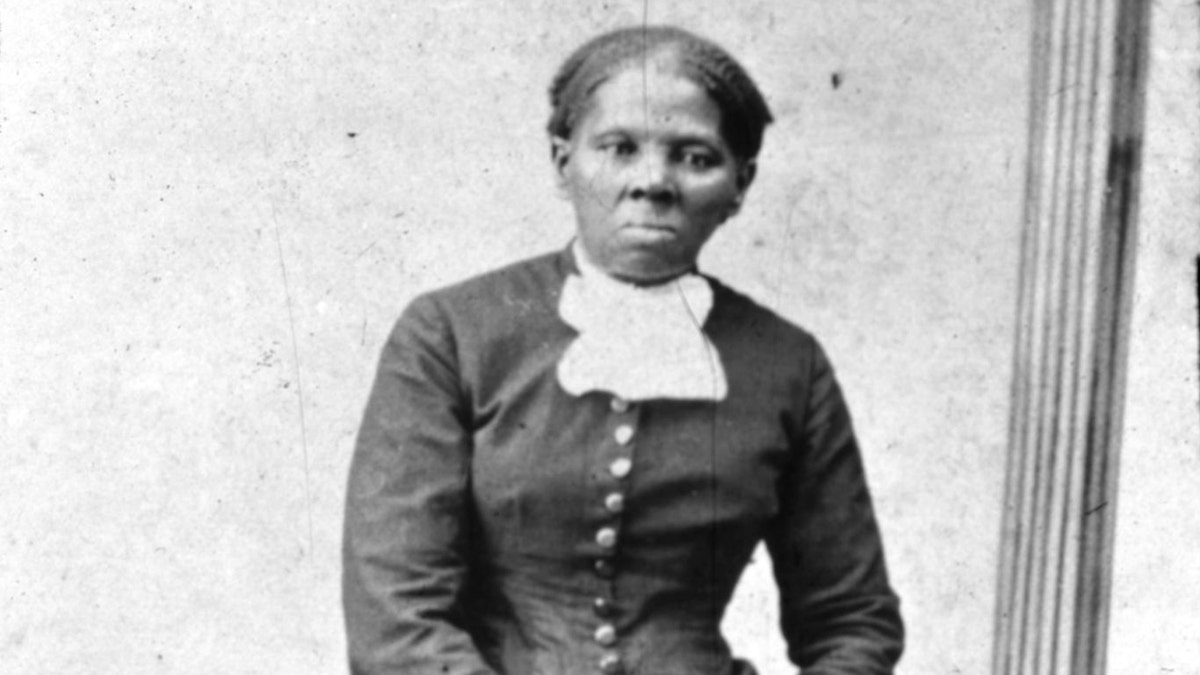
Harriet Tubman, conductor of the Underground Railroad and a Union Army spy, was born in March 1822 in Dorchester County, Maryland, under the name Araminta Ross.
She changed her name in 1844 following her marriage to John Tubman, a free man, the National Parks Service reports. About five years after her marriage, Tubman escaped to freedom in Philadelphia, where slavery was abolished.
Tubman spent the next decade of her life rescuing family and friends in what is now known as the Underground Railroad.
Tubman served as an instrumental spy for the Union Army.
She personally made “about 13 trips into Maryland” to free her companions and provided a map to freedom to “about 70 more,” according to the NPS.
When the Civil War broke out in the 1860s, Tubman served as an instrumental spy for the Union Army. She famously joined Col. James Montgomery and his 2nd South Carolina Infantry during the group’s 1863 raid on Combahee River plantations, where Tubman provided scouting, nursing and cooking aid.
Agriculture scientist and educator George Washington Carver was born in the early- or mid-1860s in Diamond, Missouri.
While initially enslaved with his mother and sister, Carver was separated from his family after he was kidnapped in a slave raid. The Carver family retrieved him from his captors and eventually taught him to read, write and care for plants after the abolishment of slavery in 1865.
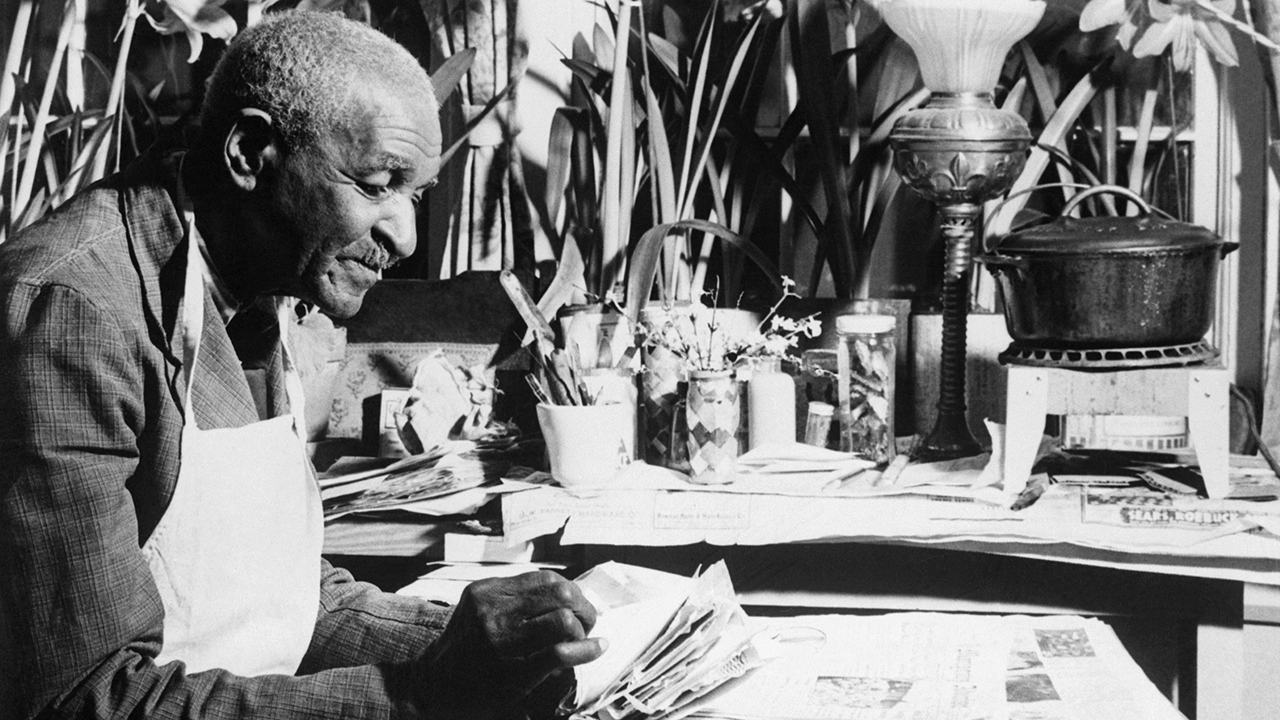
Carver went on to attend various schools in the Midwest. He was accepted into the botany program at the Iowa State Agricultural School and became the first African American to earn a bachelor of science degree, according to History.com.
ON THIS DAY IN HISTORY, FEBRUARY 3, 1870, 15TH AMENDMENT IS RATIFIED, GRANTING BLACK MALES THE RIGHT TO VOTE
Carver’s agricultural research and inventions led to advancements in soil health, conservation, and rotational peanut crops, the USDA reports.
Carver famously made a variety of peanut-based products and herbal concoctions, and later became a professor at the Tuskegee Institute in Alabama, a historically Black college.
American journalist and civil rights advocate Ida B. Wells was born in Holly Springs, Mississippi, on July 16, 1862, five months and two weeks before the delivery of the Emancipation Proclamation.
Wells moved to Tennessee and became a teacher in adulthood. Wells began to write political articles after she won a lawsuit against the Chesapeake and Ohio Railroad in 1887 for being forcibly removed from a first-class train car she paid for; that decision was ultimately overturned by the Tennessee Supreme Court, Mississippi History reports.
Wells later moved to Chicago and took on a leadership role at the NAACP.
Wells went on to write exposés about school segregation and lynching in Memphis until she was forced to move to New York City for her safety. She continued her investigative reports about disparities in the American education system under segregation, mistreatment that African Americans experienced, and the road to women’s suffrage.
Some of her famous written works include “Southern Horrors: Lynch Law in All Its Phases” (1893) and “Mob Rule in New Orleans” (1900).
Wells later moved to Chicago and took on a leadership role at the NAACP. She also ran for the Illinois legislature before her death in 1931.
American sociologist and historian William Edward Burghardt Du Bois was born on Feb. 23, 1868, in Great Barrington, Massachusetts.
Du Bois was the first Black graduate of Searles High School in 1884 and later earned his bachelor of arts from Fisk University in Tennessee, America’s Library reports.
MEET THE AMERICAN WHO GAVE BIRTH TO THE CIVIL RIGHTS MOVEMENT, ALBERTA KING, ‘GAVE HER ALL FOR CHRIST’
He then earned a second bachelor’s degree, a master’s and a doctorate in history from Harvard University. During his schooling, Du Bois also traveled to Germany for a fellowship at the University of Berlin, where he studied the works of famous social scientists, including Gustav von Schmoller and Heinrich von Treitschke.
Du Bois became a founding member of the National Association for the Advancement of Colored People (NAACP), America’s oldest and largest civil rights organization.
Du Bois used his education and talents as a writer and editor to address race relations in the U.S. and advance rights for Black Americans. He published books on sociology, history and politics, including “Black Reconstruction in America,” “The Souls of Black Folk” and “The Talented Tenth.”
Du Bois became a professor of history, sociology and economics at Atlanta University, a historically Black research college with Methodist roots. He also became a founding member of the National Association for the Advancement of Colored People (NAACP), America’s oldest and largest civil rights organization.
The NAACP characterizes itself as a grassroots organization that “builds Black political power to end structural racism.”
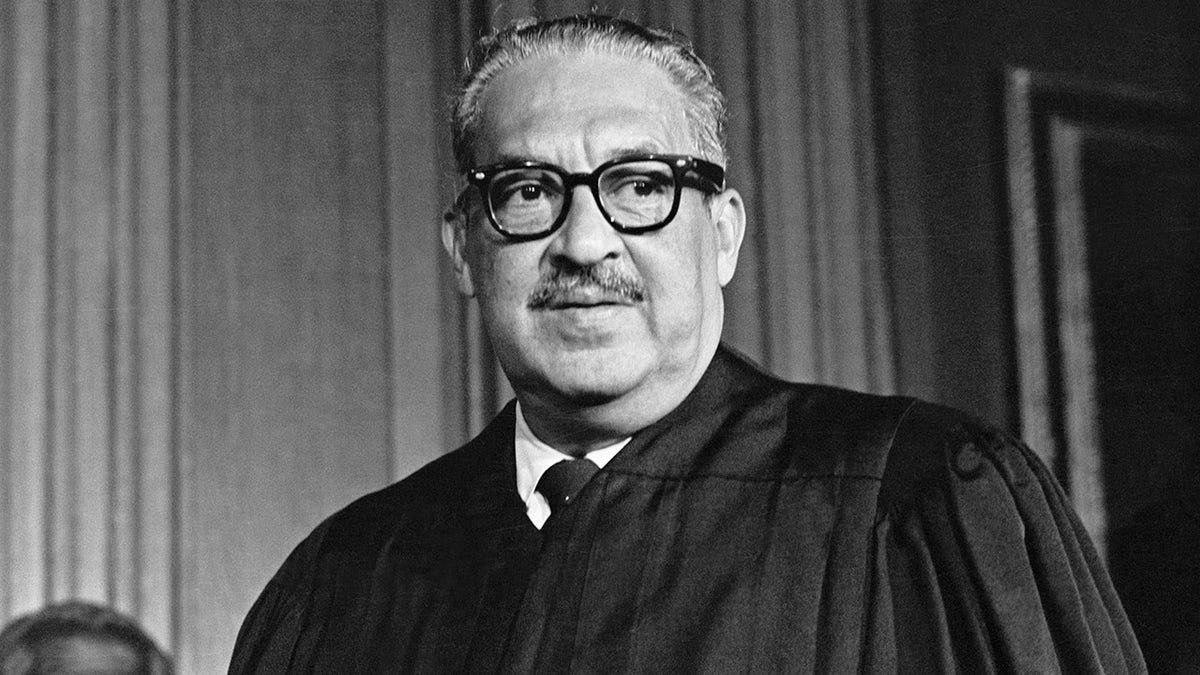
Thurgood Marshall, the first African American appointed to the U.S. Supreme Court, was born on July 2, 1908, in Baltimore.
He was formerly named Thoroughgood Marshall, but he legally changed his name at the age of 6. Marshall later became interested in the law as a high school student after he was ordered to read the U.S. Constitution as a punishment for a prank he pulled, United States Courts reports.
From that moment, he was inspired to become a lawyer after he realized not all African Americans were able to enjoy the liberties laid out in the Bill of Rights.
10 FACTS ABOUT BLACK HISTORY MONTH THAT ARE WELL WORTH KNOWING DURING OBSERVANCES IN FEBRUARY
Marshall attended Lincoln University and then Howard University School of Law, where he worked with the NAACP Legal Defense and Education Fund. Around 1935, Marshall found counterarguments for segregation when he reviewed the U.S. Supreme Court ruling in Plessy v. Ferguson (1896), which stated facilities could be divided by race if they were “separate but equal.”
Marshall found this doctrine flawed and created discrepancies in the education children received, which led him to take on and win several landmark cases.
His most famous case that changed the American school system was Brown v. Board of Education (1954), which declared that segregation in public schools was unconstitutional.
President John F. Kennedy appointed Marshall as a federal judge to the U.S. Court of Appeals in 1961. Four years later, Marshall was appointed as solicitor general by President Lyndon Johnson. By 1967, Johnson appointed Marshall to the Supreme Court – where he served as a justice until 1991.
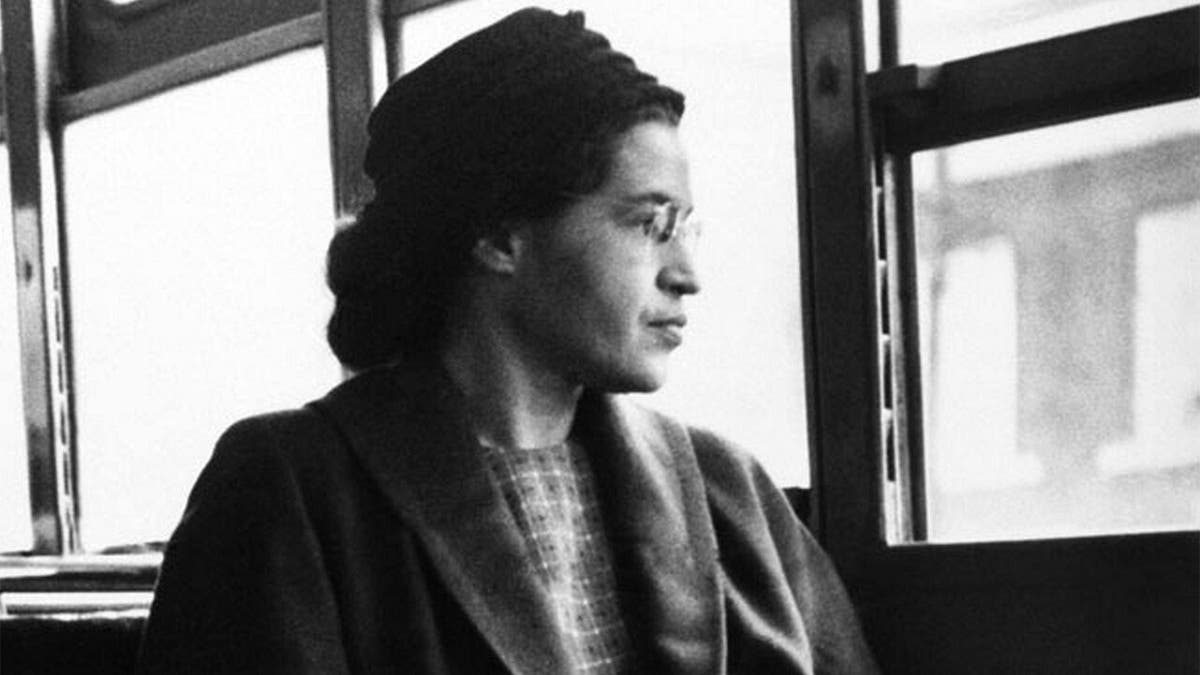
Civil rights leader Rosa Parks was born on Feb. 4, 1913, in Tuskegee, Alabama, under the name Rosa Louise McCauley. She married her husband, Raymond Parks in 1932 and worked as a seamstress before she became a member of the Montgomery National Association for the Advancement of Colored People, the National Parks Service reports.
At age 42, Parks was arrested for refusing to give up her seat at the front of a bus to a White passenger and move to the back, a practice that wasn’t uncommon during the time of Jim Crow.
The arrest inspired 17,000 African Americans to start the Montgomery Bus Boycott, which lasted for 13 months and hurt the city bus service’s revenue. Parks remained a symbol of resilience during this time.
The boycott finally came to an end in 1956 when the Supreme Court ruled that segregated buses were unconstitutional. Parks moved to Detroit a year later, working with the NAACP and Rep. John Conyers, D-Mich., to fight homelessness, and even created a job training institute.
She earned a Congressional Gold Medal in 1991.
Shirley Chisholm, the first African American woman to serve in the United States Congress, was born in Brooklyn, New York, on Nov. 30, 1924, under the name Shirley Anita St. Hill.
In her youth, Chisholm was partially raised by her grandparents in Barbados before her family settled in Brooklyn, the U.S. House of Representatives reports.
Chisholm earned a bachelor’s degree in sociology from Brooklyn College and a master’s in elementary education from Columbia University. She worked as a teacher, day care center director and educational consultant before entering politics.
Chisholm was elected to the New York state legislature in 1964 and then the U.S. House of Representatives in 1968, when she represented Brooklyn’s Bedford-Stuyvesant district for seven terms. Chisholm made waves in the House when she appealed her initial committee assignment in agriculture to find a committee more relevant to her district.
She was reassigned to the Veterans Affairs Committee and moved up to the Education and Labor Committee, where she dedicated herself to advancing equal education and employment opportunities. In 1972, Chisholm, a Democrat, also became the first African American to run for a major political party’s nomination for president.
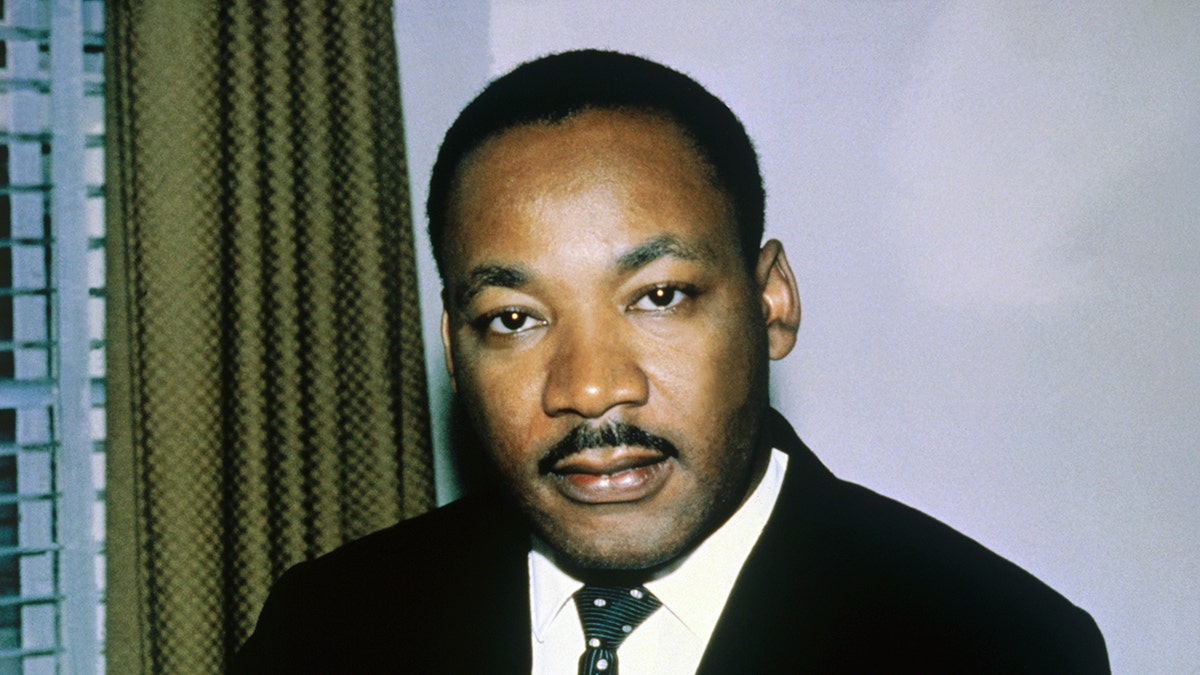
Civil rights leader Rev. Dr. Martin Luther King Jr. was born on Jan. 15, 1929, in Atlanta. Post-college, King dedicated his life to fighting racial inequality with peaceful resistance to unjust laws.
He notably protested segregation in public schools, restaurants and hotels with nonviolent sit-ins, America’s Library reports. King also delivered moving speeches that challenged the mistreatment that African Americans faced under Jim Crow laws and called for equality.
King delivered his most famous speech, “I Have a Dream,” on the steps of the Lincoln Memorial during the 1963 March on Washington for Jobs and Freedom.
King’s notable accomplishments during the Civil Rights Movement (1954-1968) included the Montgomery Bus Boycott; pleading for peace when U.S. marshals were called in to disperse the Freedom Riders (segregation protesters riding on interracial buses) in Montgomery; and leading the Voting Rights March from Selma to Montgomery, which was met with violent resistance.
However, it showed the world the assaults that African Americans faced during peaceful protests through photos and video.
Ruby Bridges started her civil rights work at a very young age.
On Sept. 8, 1954, Bridges was born in Tylertown, Mississippi. A couple of years after her birth, her family picked up and moved to New Orleans, Louisiana.
When the federal court ordered Louisiana to desegregate in 1960, Bridges was the only African American to attend the all-White school, William Frantz Elementary in New Orleans.
Bridges’ first year in school was met with challenges. She was escorted by four federal marshals upon entering the school each day. Every day of the school year, she made it through the threats and anger directed toward her.
There was only one teacher, Barbara Henry, who was willing to teach young Bridges, who was taught through one-on-one instruction.
Bridges paved the way for many who followed her in the coming years, with more African American students enrolling.
Bridges kept up her civil rights work throughout her life. In 1999, she established The Ruby Bridges Foundation to create change in education and a more inclusive society.
In 2001, she was awarded the Presidential Citizens Medal by President Bill Clinton.
Claudette Colvin has a story similar to one often heard about Rosa Parks, although it happened nine months prior.
On March 2, 1955, when Colvin was 15 years old, she was riding the bus when the driver told her to give up her seat and move to the back.
Colvin refused, expressing that she paid for her ticket, and it was her constitutional right to be in the seat she was in.
Colvin was put in handcuffs and taken off the bus by two police officers for her refusal to give up her seat.
Colvin was one of the four plaintiffs who were part of the case Browder v. Gayle. This case ruled Montgomery’s segregated bus system unconstitutional.
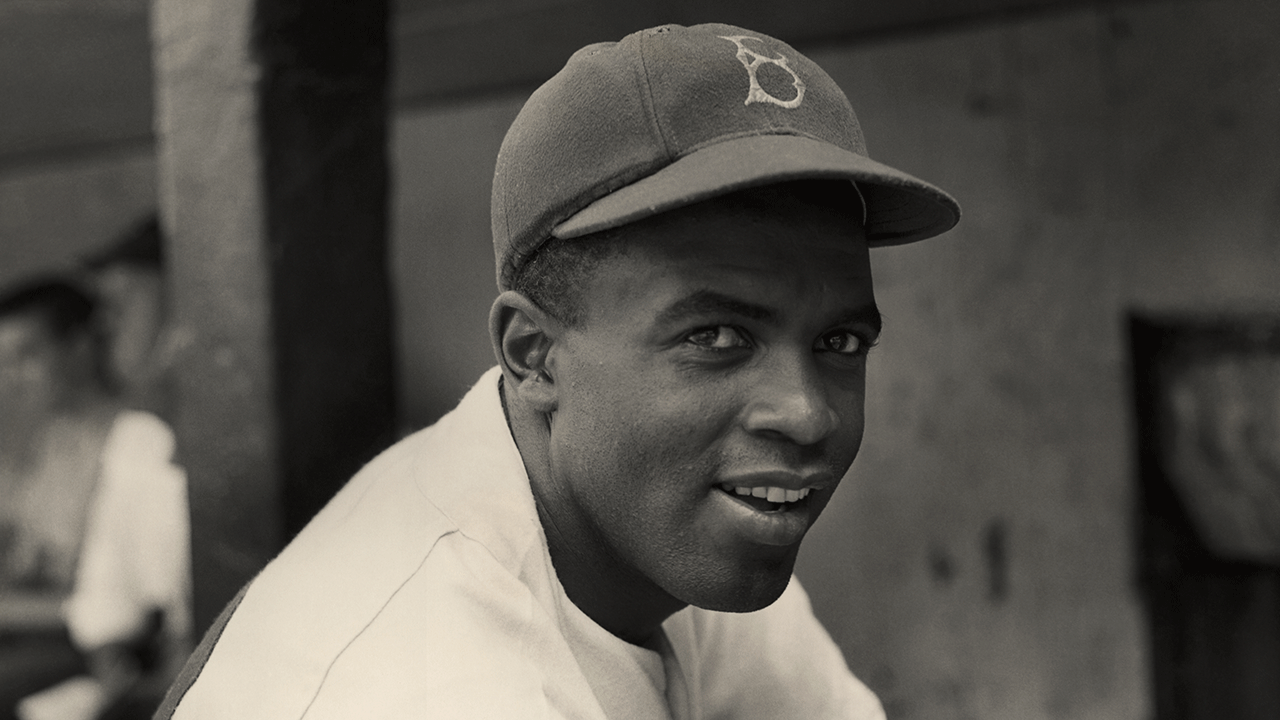
Jackie Robinson was the first African American baseball player in modern years to play in the Major Leagues.
He was born on Jan. 31, 1919, in Cairo, Georgia. He played sports at both Pasadena Junior College and the University of California, Los Angeles (UCLA), where he excelled in football, baseball and track.
It was April 15, 1947, when he first played for the Brooklyn Dodgers. He received a lot of heckling from fans while playing for the team, with some of his teammates refusing to play with Robinson.
He played for the Dodgers until he retired in 1956. He became the first African American to be inducted into the Baseball Hall of Fame in 1962 and was posthumously awarded the Presidential Medal of Freedom by President Ronald Reagan in 1984.
Cortney Moore and Philip Nieto contributed reporting.
For more Lifestyle articles, visit www.foxnews.com/lifestyle.










